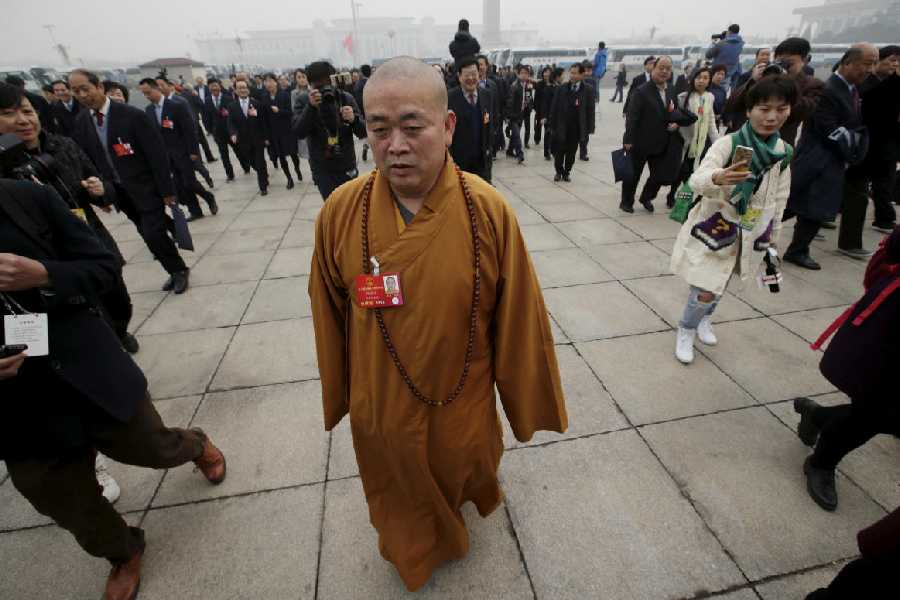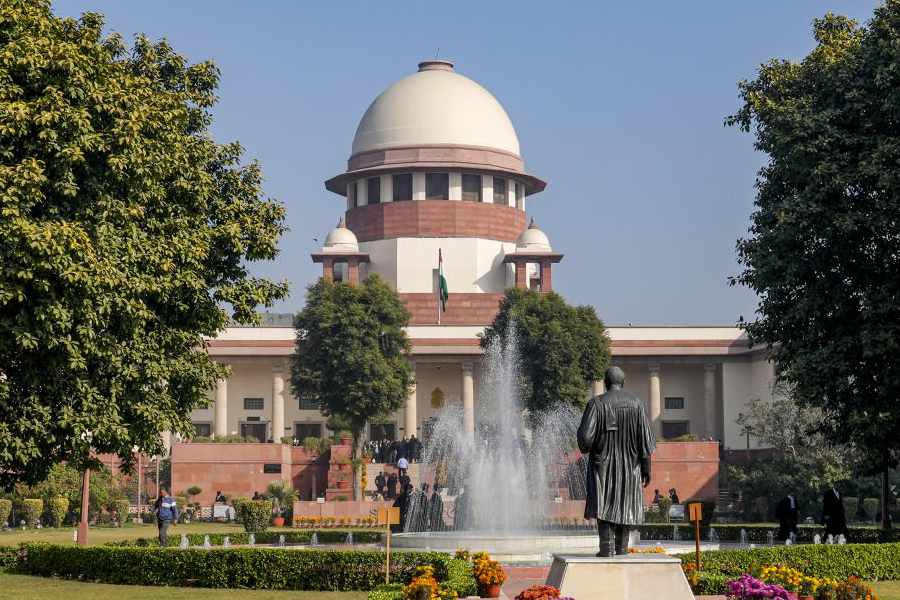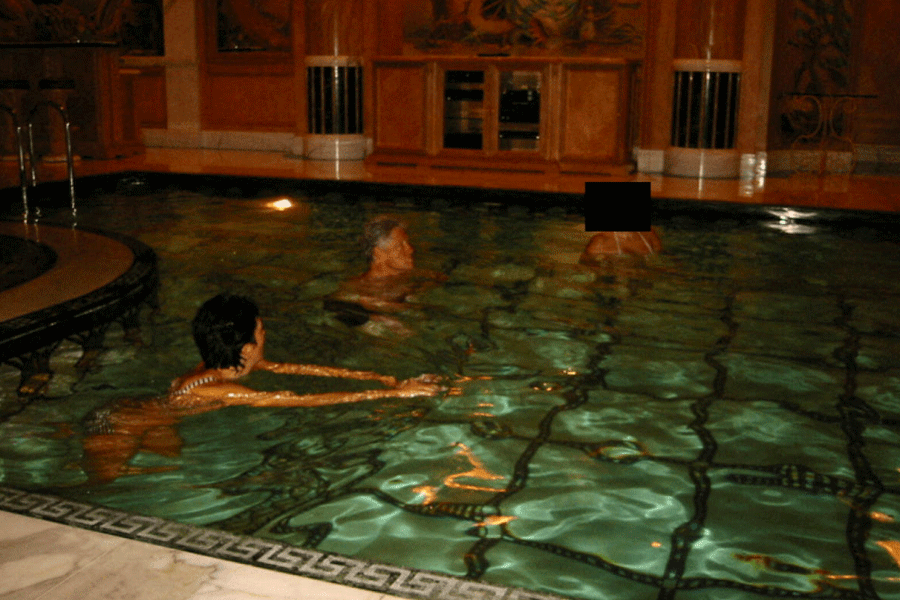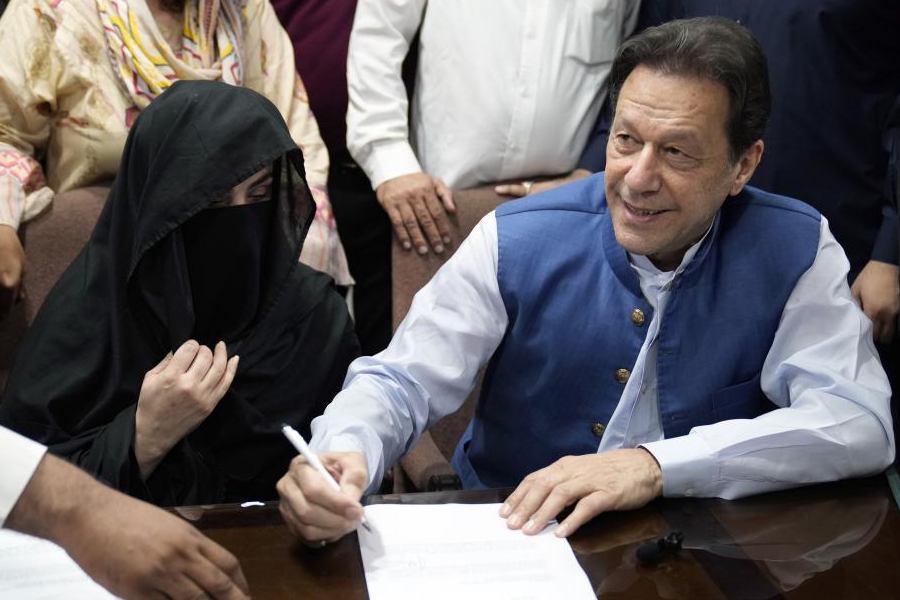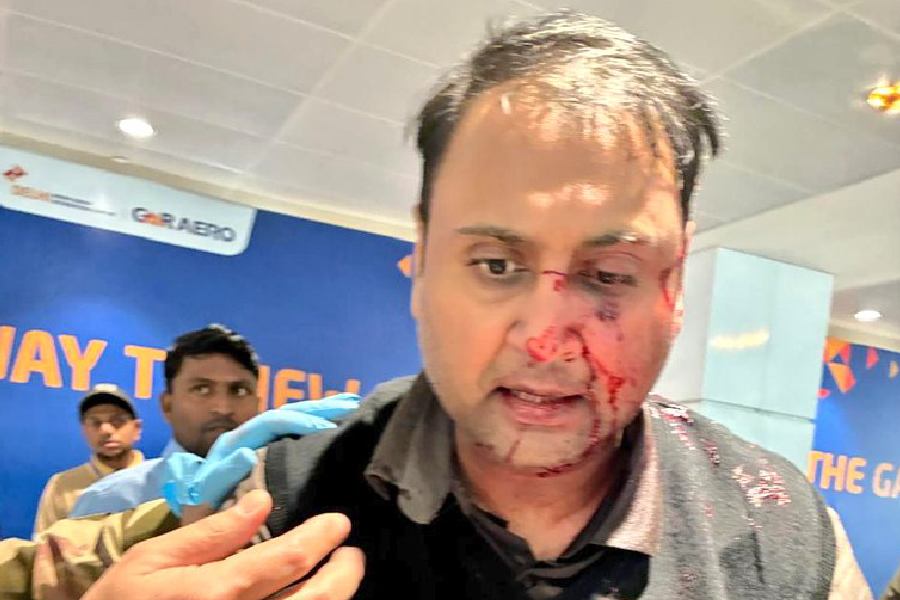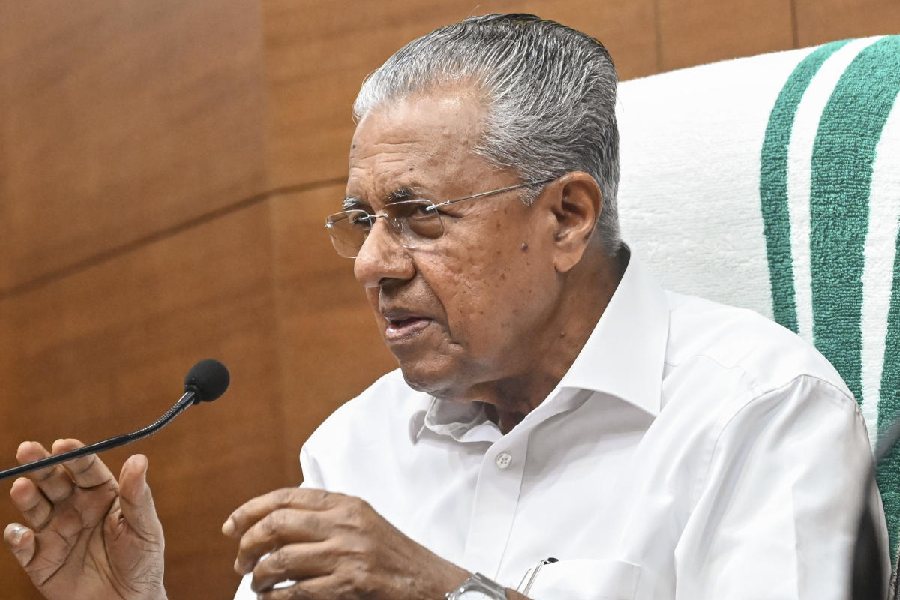Chinese authorities are investigating the longtime head of China’s Shaolin Temple on suspicion of embezzling funds, maintaining “improper relations” with women and fathering at least one child outside marriage, the temple said.
It is the latest scandal to embroil one of the country’s most famous monks, Shi Yongxin, also known as China’s CEO monk for his work turning the temple, a fabled 1,500-year-old monastery complex in central China, into an international tourist attraction and global brand.
A short notice posted on Sunday by the Shaolin Temple’s official account on the Chinese messaging app WeChat said that Shi Yongxin, the temple’s abbot, was under investigation by “multiple departments” for criminal offenses related to the misuse of funds and assets owned by the temple, as well as for “seriously violating” Buddhist principles. The temple did not provide specifics.
The Buddhist Association of China said on Monday that it had revoked the abbot’s clergy certificate. It described his behavior as “completely vile” and damaging to the reputation of the broader Buddhist community and other monks.
Shi Yongxin and the Shaolin Temple could not immediately be reached for comment.
Known as Liu Yingcheng before he joined the Shaolin Temple in Henan province as a monk in 1981, Shi has been alternately praised for reviving the ancient temple complex, which had been left neglected for decades, and criticised for commercialising it.
In 2015, a former apprentice of his accused him of embezzling funds from the temple, while an anonymous letter claimed that he had several mistresses and funnelled money to them. At the time, the temple denied all allegations and a probe by Henan officials concluded the accusations were groundless. He remained the temple’s abbot.
Still, he is credited with globalising the Shaolin name through product licensing and franchises. He set up martial-arts schools overseas and for a time wanted to build a $300 million Shaolin-branded luxury golf resort in Australia. Under his watch, the temple’s commercial ventures have ranged from film production to selling medicine.
Today, his success at transforming the temple into a money-making machine is apparent to any visitor. On a recent visit by a New York Times reporter, the opening act for the temple’s famous monk kung fu show was a calligraphy demonstration. The emcee pitched three calligraphy works, selling for 300 renminbi (about $42) each.
To leave the show, audience members had to exit through a warren of gift shops selling not just souvenirs — Buddhist figurines, T-shirts and refrigerator magnets — but also sneakers, jewellery and Labubu dolls.
Some monks could be seen praying in the temple halls. But the complex was dominated by tourists.
The fame that the temple has achieved was engraved on the grounds: On a walkway lined with stone tablets with inscriptions from Chinese dynasties, one much newer tablet displayed the names of famous visitors. The list included Mike Tyson, Robert Downey Jr and Stevie Wonder.
New York Times News Service

